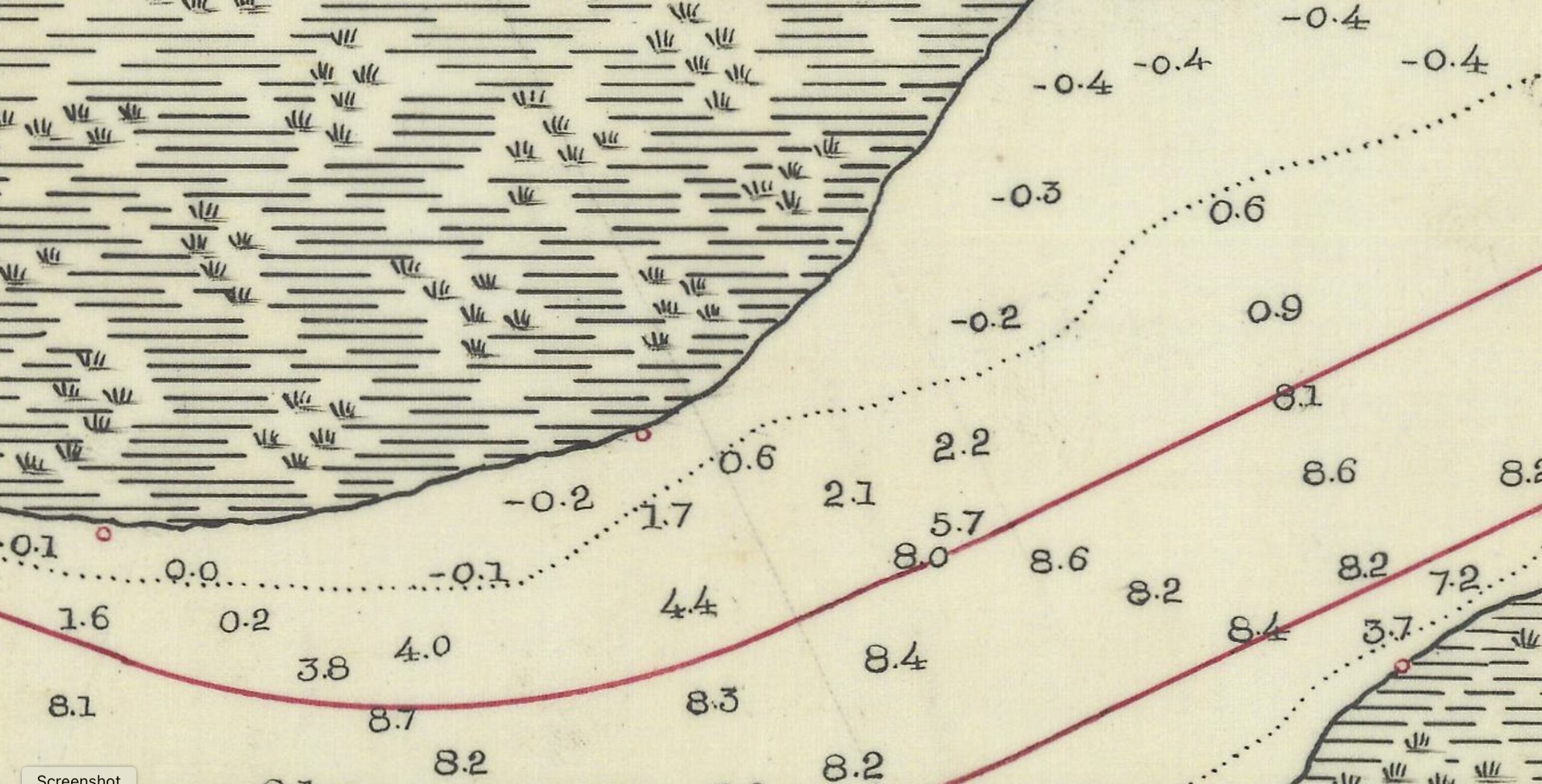
Embarking on Resiliency Week (April 17-21) isn’t just about stoking member interest for AIA Virginia and AIA Hampton Roads. It’s about addressing the Commonwealth’s capacity to address climate change through design and its ability to adapt to new realities through cooperation. Virginia’s incredibly diverse landscape presents an array of challenges—and opportunities— for architects to design with nature. It’s about being prepared to confront the difficulties ahead, says AIA Virginia Executive Vice President Paul Battaglia, AIA, as well as being open to the creative solutions that are within our grasp now. “Architects bring their design skills and a collective and collaborative mindset,” says Battaglia, in a recent interview, “and they should also be willing to participate in the complex landscape to find solutions.”
Confronting the region’s future today, how should we think about resilience as architects and designers?
Resilience issues, because of their degree and scale, require a comprehensive effort with lots of other players and agents. Science comes into it—biology, hydrology, and engineering. Building technology. Innovation. Land use policies. Zoning. Regulatory efforts. Lending. The fiscal instruments that can help us thrive. Insurance issues. So there are a lot of players because there’s a lot at stake. As architects and designers, we’re concentrating on the built environment, which is a major factor in the health of our world, as is how we operate and sustain the things we build. For this reason, we have a leadership role to play in concert with our colleagues in all the areas I just mentioned. The sooner we can all get coordinated, the stronger our response will be to climate forces.
Is resilience about shielding communities or building communities?
We cannot shield everyone from the stress of climate change, but we can mitigate the effects of climate change for everyone. We cannot eliminate the stress of climate change, so we need to think about reinforcing, accommodating, retreating, and recalibrating. That’s resiliency, but there is also social resiliency—better outcomes and faster recovery is possible when people cooperate and are connected.
Why is it significant that AIA Virginia and AIA Hampton Roads are collaborating on this series of presentations?
Hampton Roads, as a region, has specific issues like sea level rise and chronic flooding. Hampton Roads, in places, is able to respond—and there are a number of projects at multiple scales, as well as a network of innovation that point a way forward. It provides a serviceable model that can be exported to other regions of Virginia and beyond. Drought, severe weather, riverine flooding, invasive species—all manifestations of similar issues that will occur in other parts of the broader region.
Resiliency Week events are organized by AIA Hampton Roads in collaboration with the AIAVA Outreach Advisory Council.
